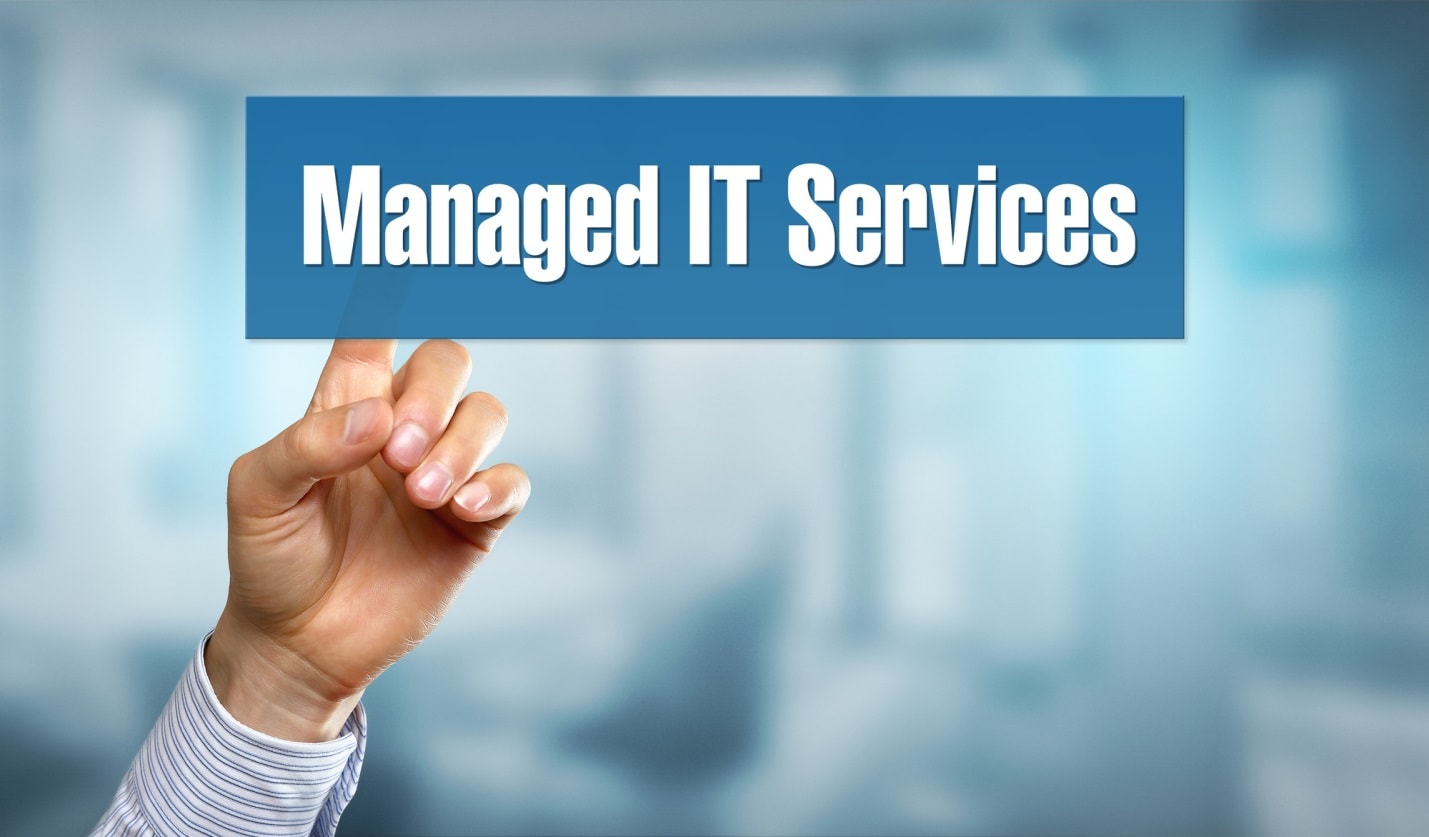An enterprise document management system (DMS) is a computer system used to track and store electronic documents and/or images of paper documents. Paper documents can be scanned and converted into electronic format, or they can be created electronically.
An enterprise DMS should provide a way to manage documents throughout their lifecycle, from creation to archival. It should also allow for easy retrieval of documents when needed.
In addition, an enterprise DMS should be integrated with other business systems, such as accounting, customer relationship management (CRM), and enterprise resource planning (ERP).
There are many different enterprise DMS vendors, and each offers a different set of features. When choosing an enterprise DMS, it is important to consider the needs of your organization and select a system that will meet those needs.

LogicalDOC is a web-based software made in Java, it can be installed on Windows, Linux, or macOS. A common browser is sufficient for use. Thanks to LogicalDOC Cloud, documents are hosted in a secure and reliable environment, always available and quickly accessible by all your users.
What are the benefits of an Enterprise Document Management System?
There are many benefits to implementing an EDMS within an organization. Perhaps the most obvious benefit is the ability to electronically store documents, which can save a significant amount of physical storage space.
In addition, an EDMS can make documents more accessible to employees, as they can be retrieved from any location with an Internet connection. Another key benefit of an EDMS is that it can help to improve document security.
Electronic documents can be stored in a secure, central location and access can be controlled through user permissions. This can help to prevent unauthorized access and minimize the risk of data breaches.
An EDMS can also improve document collaboration and workflow. Multiple users can access and edit documents in real-time, and document versioning can help to ensure that everyone is working with the most up-to-date version.
This can help to improve efficiency and reduce the risk of errors. Finally, an EDMS can help to improve an organization’s compliance with legal and regulatory requirements.
Electronic documents can be easily tracked and audited, and records of who accessed or edited a document can be maintained. This can help to ensure that documents are not tampered with and that sensitive information is not leaked.
How does an Enterprise Document Management System work?
An enterprise document management system (EDMS) is a software application that helps businesses capture, store, track, and manage electronic documents and images.
An EDMS lets organizations control and secure their documents, while also providing access to authorized users.
An EDMS typically includes three main components:
- A document repository: This is where documents are stored and organized. The repository can be either on-premises or in the cloud.
- A document management system: This is the software that provides the tools for users to capture, store, track, and manage documents.
- An imaging system: This system captures and stores images of documents. This can be useful for organizations that need to keep track of physical documents, such as medical records.
An EDMS can be used to manage any type of document, including text documents, spreadsheets, images, and PDFs. It can also be used to manage email messages, website content, and social media posts.
Implementing an Enterprise Document Management System
Document management systems are an essential part of any business, large or small. They help to keep track of important documents, control access to them, and ensure that they are properly backed up and stored.
There are many different document management systems on the market, and choosing the right one for your business can be a challenge. In this blog post, we’ll take a look at four important factors to consider when selecting a document management system for your enterprise.
Ease of use
One of the most important factors to consider when choosing a document management system is ease of use. The system should be easy to install and set up, and it should be easy for users to find and access the documents they need.
Security
Another important factor to consider is security. The document management system should have robust security features in place to protect your documents from unauthorized access.
Scalability
Scalability is an important factor to consider when choosing a document management system. The system should be able to handle a growing number of users and a growing volume of documents.
Support
Finally, it’s important to consider support when choosing a document management system. The system should come with comprehensive documentation and should offer support services in case you run into any problems.
Would you like to read more about Enterprise Document Management System-related articles? If so, we invite you to take a look at our other tech topics before you leave!
![]()













